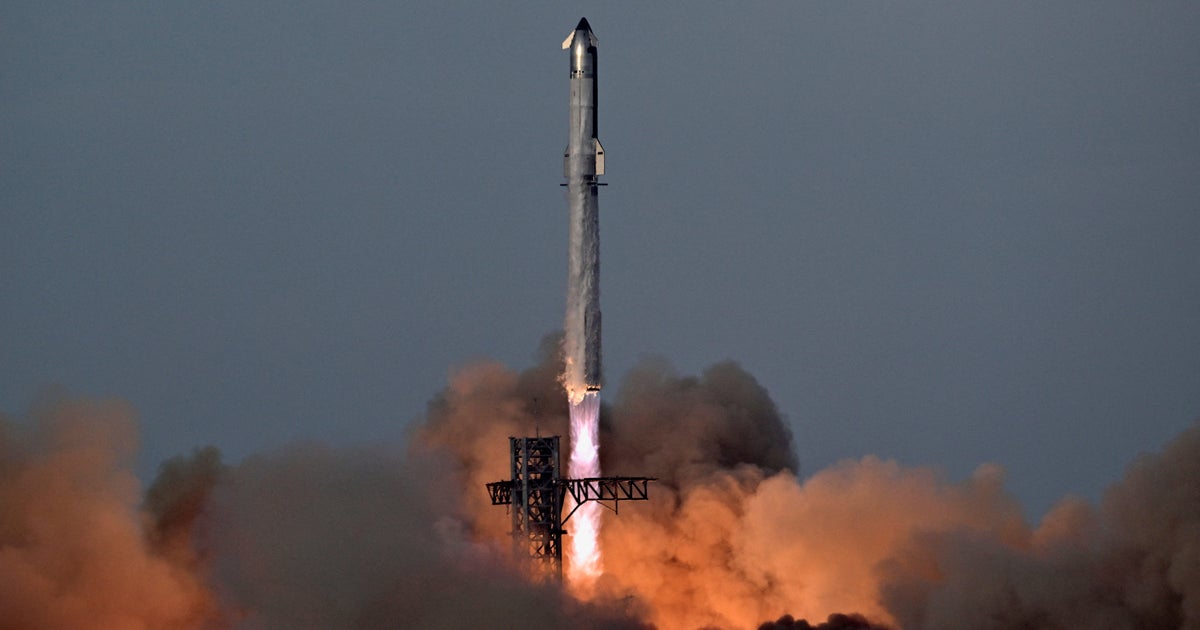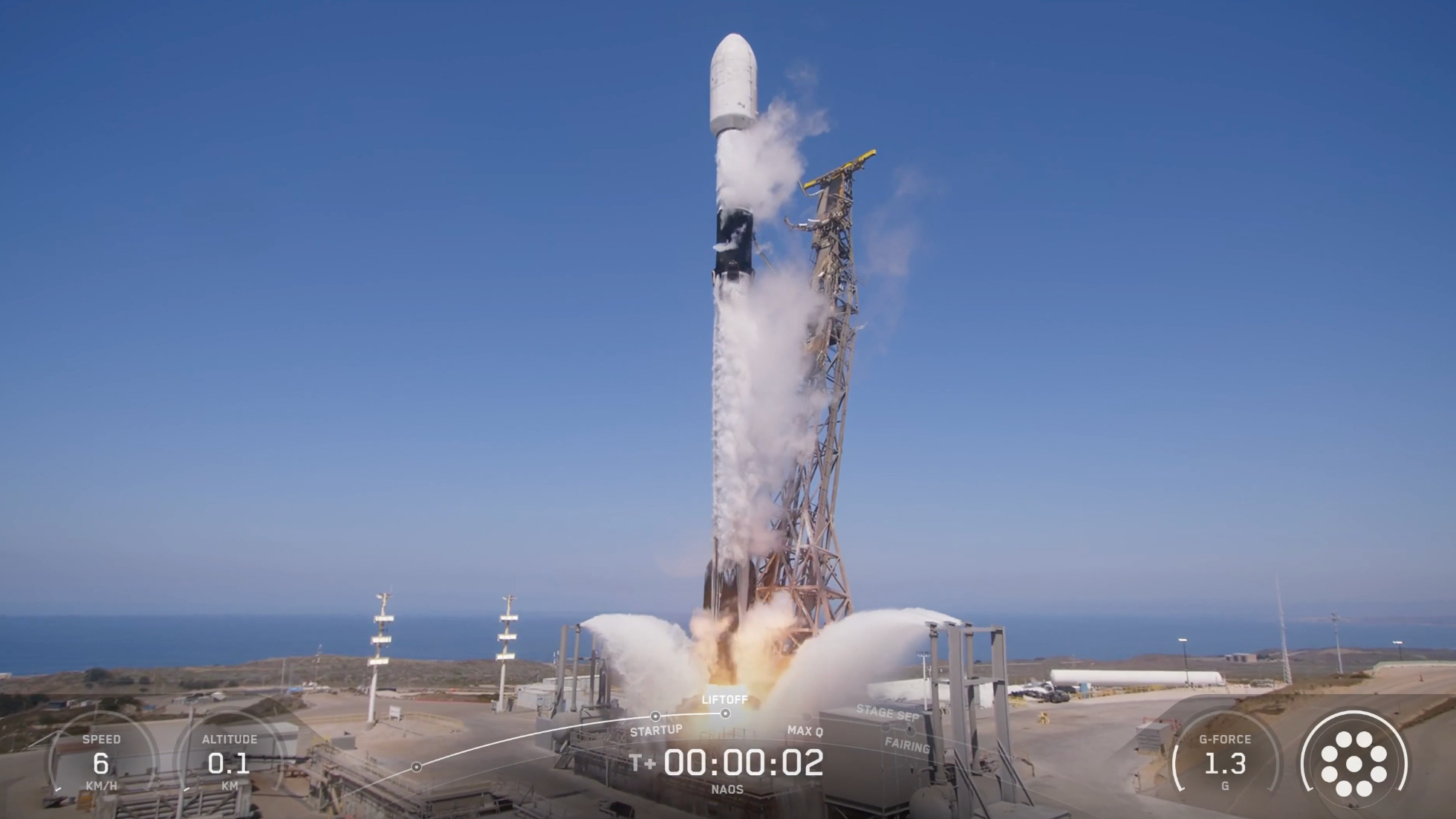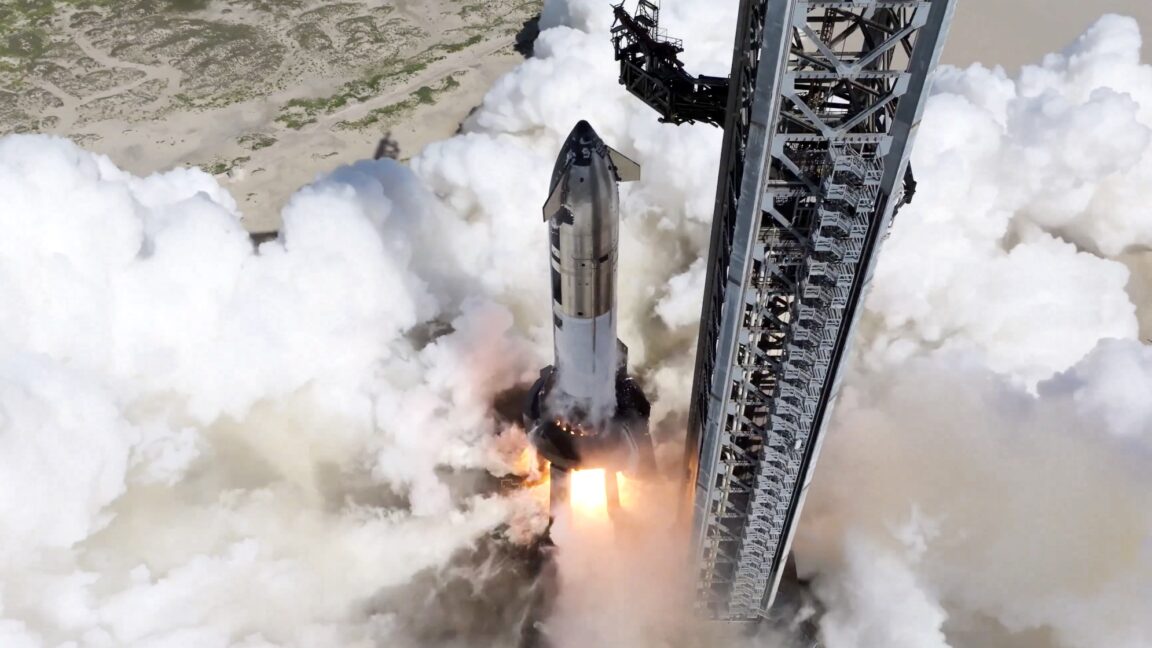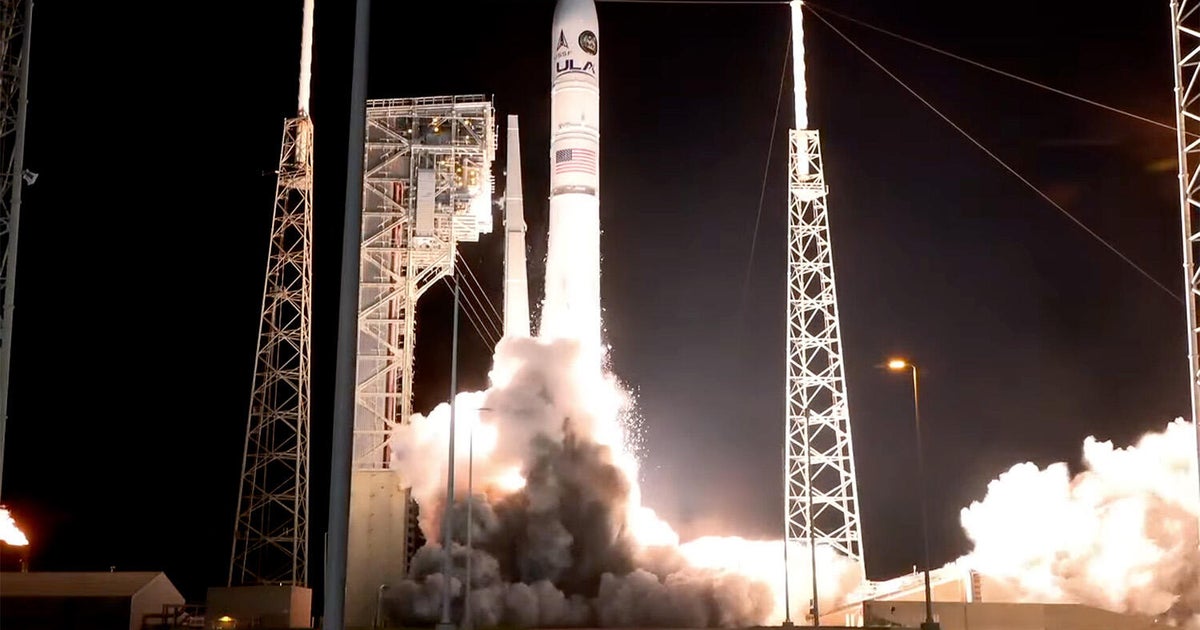SpaceX's 11th Starship Test Flight: Booster Separation and Future Moon Missions
SpaceX’s 11th Starship Test Flight
SpaceX successfully launched the eleventh test flight of its massive Starship rocket from its Texas Starbase. Standing 403 feet tall, the Starship thundered into the evening sky, marking another critical step in SpaceX’s ambitious plans for deep space exploration. The rocket’s booster separated and executed a controlled descent, landing in the Gulf of Mexico as intended. This flight used Booster 15 and Ship 38, continuing the development of SpaceX’s Block 2 Starship design.
Flight Trajectory and Mission Details
The rocket followed a transatmospheric, suborbital trajectory, flying eastward between Florida and Cuba. The payload included eight Starlink simulators, supporting SpaceX’s growing satellite internet network. Although the booster was not recovered, the spacecraft achieved a soft water landing, demonstrating refinements in recovery techniques. This mission marked SpaceX’s 573rd launch overall and the company’s 134th launch in the year, illustrating their rapid launch cadence.
Significance and Future Prospects
This test flight represents continued progress toward Starship’s goal of enabling human missions to the Moon, Mars, and beyond. Each launch provides valuable data, helping SpaceX improve vehicle design, reliability, and operational procedures. The 11th flight underscores SpaceX’s commitment to revolutionizing space travel with reusable, heavy-lift rockets.
About the Organizations Mentioned
SpaceX
SpaceX is a private aerospace manufacturer and space transportation company founded in 2002 by Elon Musk with the mission to revolutionize space technology and enable human life to become multiplanetary[3]. It designs, manufactures, and launches advanced rockets and spacecraft, pioneering reusable rocket technology to dramatically reduce the cost of access to space. One of SpaceX’s key achievements includes the development and operational success of the Falcon 9 and Falcon Heavy rockets, both featuring reusable first-stage boosters. This reusability has significantly lowered launch costs and increased reliability, enabling frequent commercial, scientific, and government missions. SpaceX has launched over 95 national security missions with these rockets, demonstrating maturity and trust from the U.S. Space Force and other agencies[2]. Another major milestone is the Starlink satellite constellation, with nearly 6,900 satellites currently in orbit as of 2025. Starlink aims to provide global broadband internet service, especially in underserved regions, making it one of the largest satellite constellations in history[1]. This ambitious project also serves as a revenue stream to fund SpaceX’s broader goals. Looking ahead, SpaceX is developing Starship, a next-generation fully and rapidly reusable super heavy-lift launch system designed to carry large payloads and humans to the Moon, Mars, and beyond. Elon Musk envisions Starship enabling mass transport to Mars, with the potential to launch multiple times a day, dramatically increasing total mass sent to orbit annually, far surpassing all previous space launch capabilities combined[1][2]. Pending environmental reviews, Starship’s first launch from Florida’s LC-39A is planned for late 2025[2]. Despite these advances, SpaceX remains privately held, with limited public insight into its financial health. Questions persist around the profitability of Falcon launches, Starlink operations, and future Starship missions, especially given the enormous funding required for Mars colonization[1]. Nonetheless, SpaceX continues to inspire both enthusiasm and debate in the business and technology









